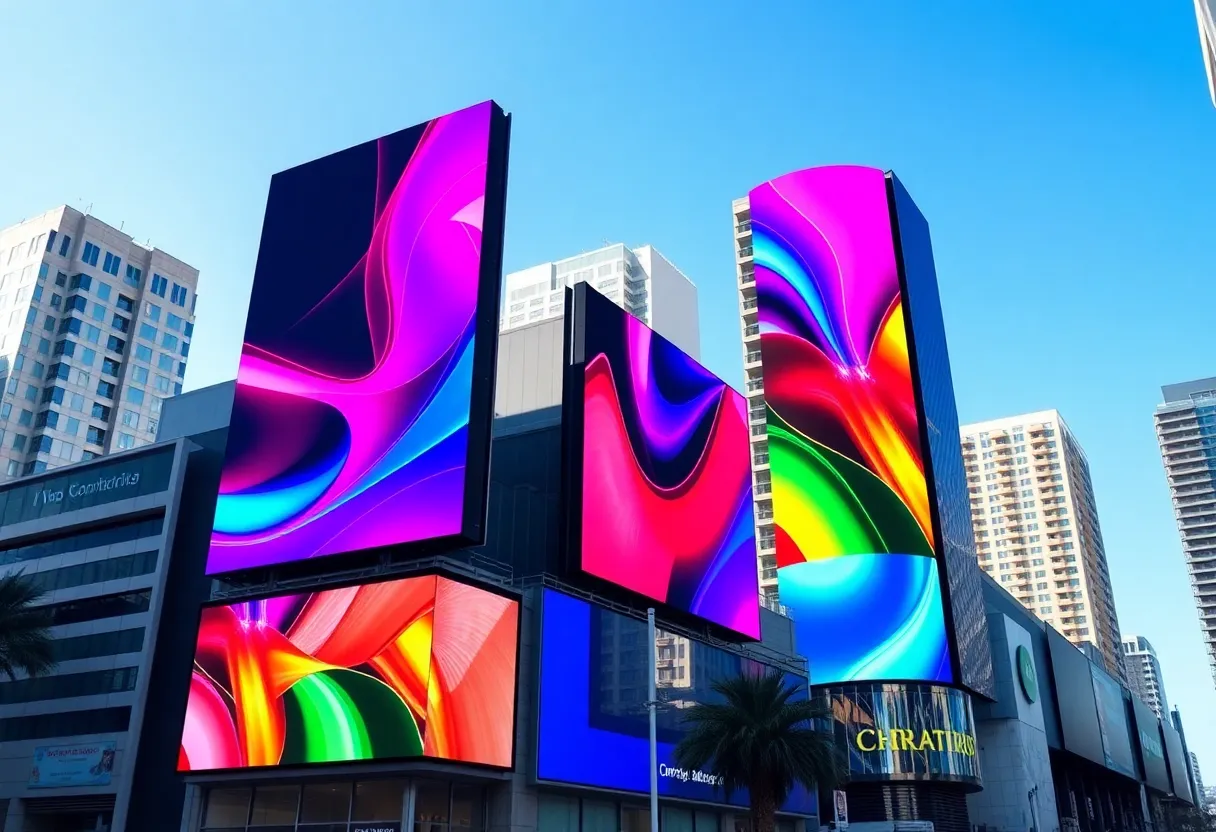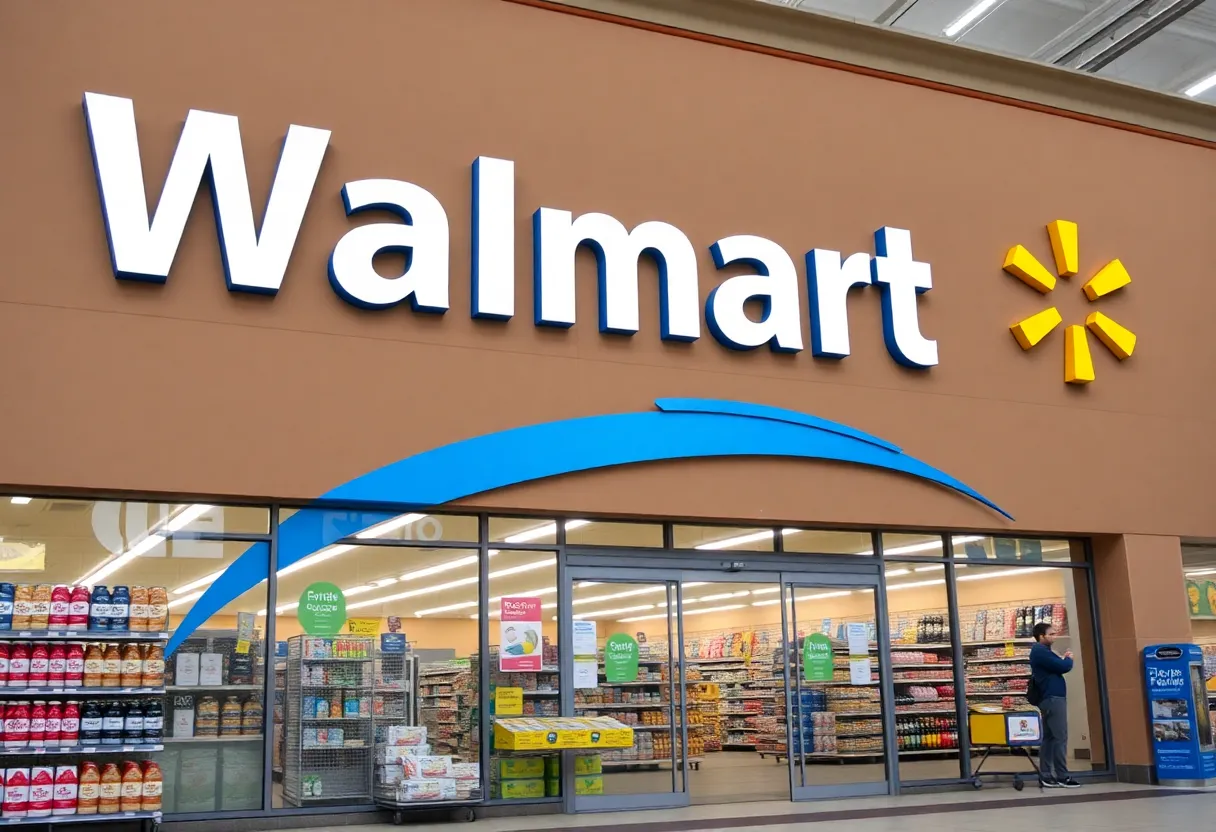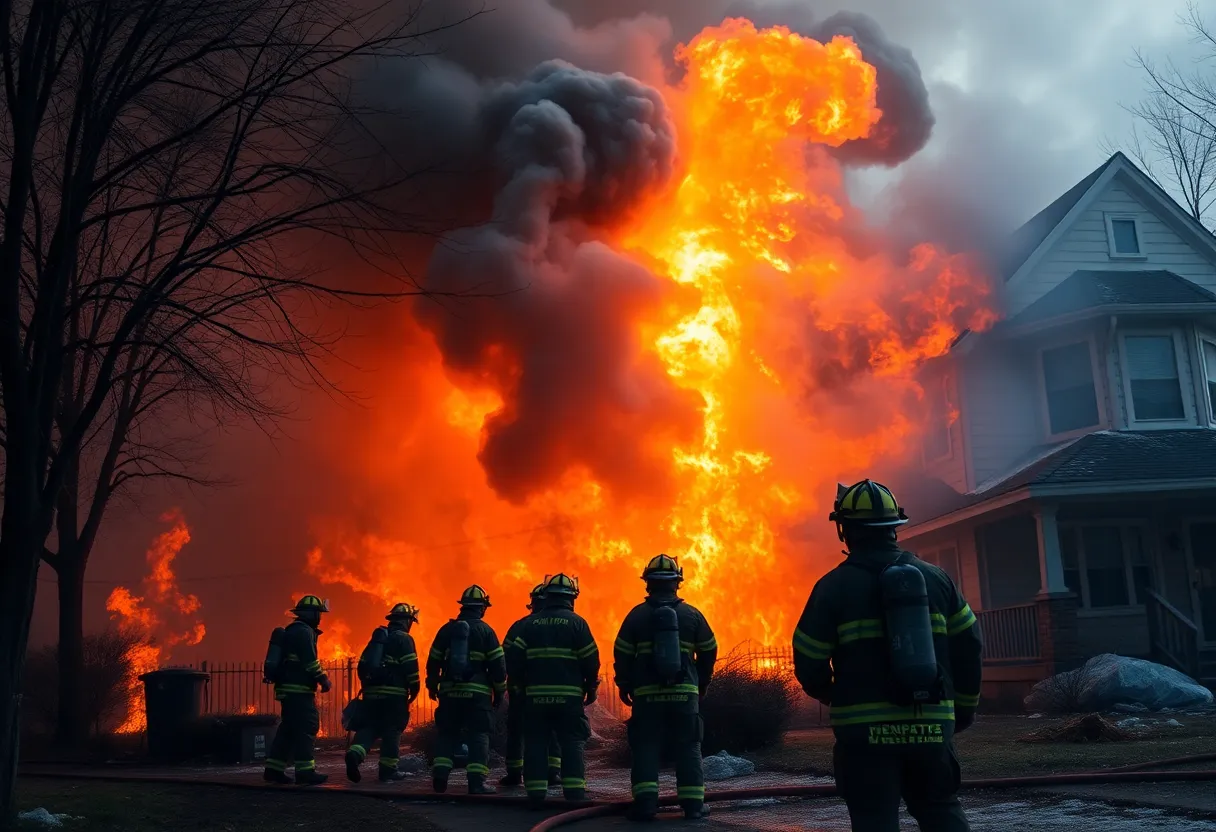News Summary
San Diego is exploring the introduction of 15 digital billboards to replace 75 static signs, aiming to generate $3 million annually amid a significant budget deficit. Supporters argue that the transition could enhance urban aesthetics and safety, while critics worry about visual pollution. The council plans to streamline the approval process and will hold a public comment session before voting on the proposal.
San Diego is considering the introduction of digital billboards as part of a proposal aimed at generating an annual revenue of $3 million. This plan, which seeks to replace 75 static billboards with 15 digital ones, is under review amidst an estimated budget deficit of $258 million for the upcoming fiscal year.
The suggested transition would see a ratio of 5-to-1, allowing for more strategically placed digital billboards that are smaller than existing static signs. Digital billboards are designed to display dynamic advertisements that can change every four seconds, providing opportunities for multiple businesses to promote their products simultaneously.
Supporters of the plan, including Councilmember Kent Lee, argue that this replacement could enhance both the aesthetics and safety of San Diego’s neighborhoods. Currently, the city hosts approximately 600 decaying static billboards, many of which are situated in residential areas. Lee believes that modern, regulated digital signs could improve the visual landscape.
However, the proposal has attracted a group of critics who express concerns that digital billboards might diminish the visual quality of various neighborhoods, likening a potential outcome to the vibrant, chaotic look of Times Square or an amusement park. These critics also note that the implementation process could reduce public input, a significant point of contention for local anti-billboard organizations.
For the project to move forward, an amendment to the city’s municipal code is necessary, as the current regulations prohibit the installation of new billboards. San Diego city officials plan to bundle this proposal with other amendments to streamline the approval process.
A public comment session will be arranged to enable citizens to express their views, as previous proposals for digital billboards have been rejected in areas such as La Mesa and nearby North County. The city attorney’s office has noted potential legal challenges against the proposal due to the existing ban on new billboards.
Other California cities have successfully adopted similar digital billboard plans. They have navigated the regulatory process by negotiating with billboard owners to relocate current signs in exchange for new permits. Preliminary discussions with companies like Outfront Media have already taken place to assess the feasibility of this initiative.
It is important to highlight that under this new plan, digital billboards would not feature flashing lights. They are expected to have brightness adjustments based on the surrounding ambient light conditions, further addressing the concerns expressed by community members.
The San Diego City Council is anticipated to hold a vote on the proposal by December, pending continued discussions and public feedback. This decision is crucial not only for the potential aesthetic adjustments it may bring to the city but also for the significant revenue it aims to generate for long-term city funding.
As the situation evolves, city officials remain focused on finding a sustainable solution to the current budget deficit while considering community concerns regarding visual pollution and urban aesthetics.
Deeper Dive: News & Info About This Topic
HERE Resources
San Diego City Council Approves $2.15 Billion Budget
Additional Resources
- San Diego Union-Tribune: Digital Billboards
- NBC San Diego: City Council Budget Deficit
- Digital Signage Today: Digital Billboard Installation
- San Jose Spotlight: Fight Against Digital Billboards
- Los Angeles Times: Digital Billboards Proposal

Author: STAFF HERE SAN DIEGO WRITER
SAN DIEGO STAFF WRITER The SAN DIEGO STAFF WRITER represents the experienced team at HERESanDiego.com, your go-to source for actionable local news and information in San Diego, San Diego County, and beyond. Specializing in "news you can use," we cover essential topics like product reviews for personal and business needs, local business directories, politics, real estate trends, neighborhood insights, and state news affecting the area—with deep expertise drawn from years of dedicated reporting and strong community input, including local press releases and business updates. We deliver top reporting on high-value events such as Comic-Con International, San Diego County Fair, and San Diego Pride Festival. Our coverage extends to key organizations like the San Diego Regional Chamber of Commerce and United Way of San Diego County, plus leading businesses in biotechnology, healthcare, and technology that power the local economy such as Qualcomm, Illumina, and Scripps Health. As part of the broader HERE network, including HEREAnaheim.com, HEREBeverlyHills.com, HERECostaMesa.com, HERECoronado.com, HEREHollywood.com, HEREHuntingtonBeach.com, HERELongBeach.com, HERELosAngeles.com, HEREMissionViejo.com, and HERESantaAna.com, we provide comprehensive, credible insights into California's dynamic landscape.






